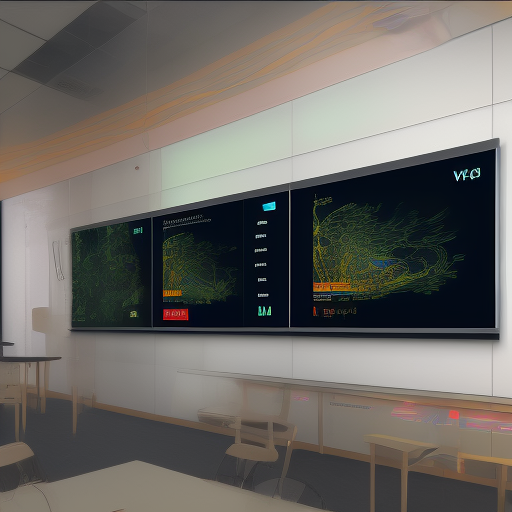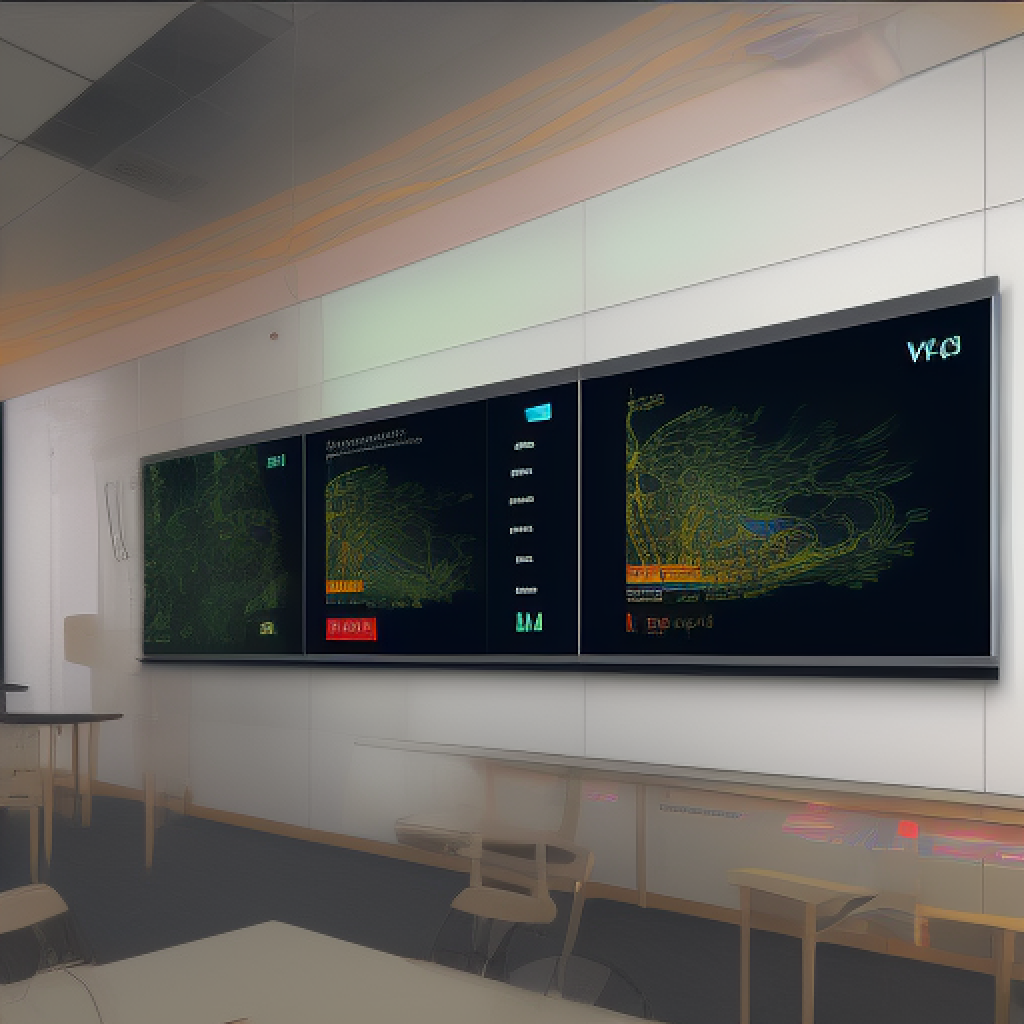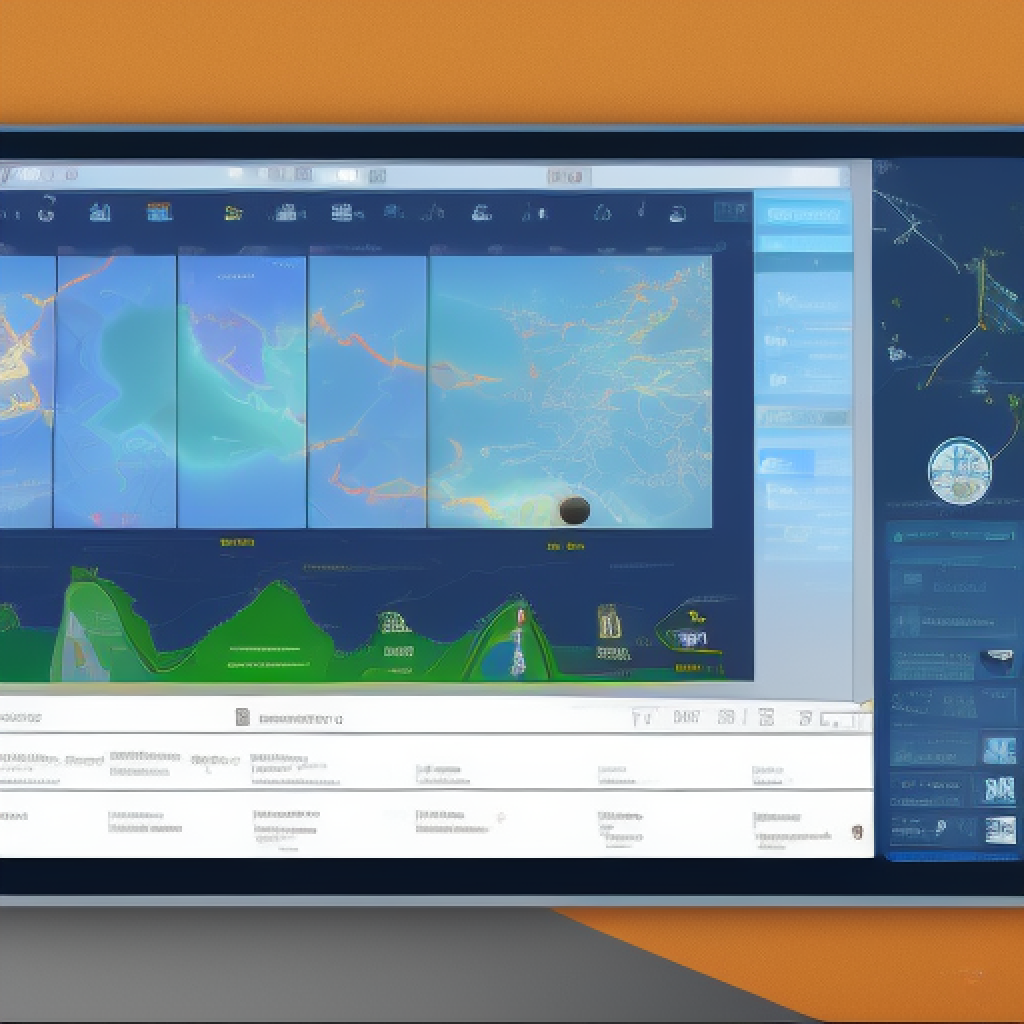The role of interactive touch panels in disaster management

Interactive touch panels can play a significant role in disaster management by providing real-time communication, collaboration, and information sharing. During a disaster, emergency responders and management teams require quick access to information and the ability to communicate and coordinate with each other efficiently. Interactive touch panels can provide a platform for this communication and collaboration.


Here are some ways interactive touch panels can be used in disaster management:
Interactive touch panels have revolutionized the way we communicate in real-time. These panels are an excellent tool for displaying crucial information such as weather and traffic updates. With their ability to provide real-time information, interactive touch panels have become an essential part of our daily lives. A great advantage of these panels is that they can be customized according to user preferences, making them a more effective communication tool. Interactive touch panels are not only useful for displaying real-time information, but they also provide an excellent platform for emergency responders to communicate with each other. In times of crisis, communication is everything, and with interactive touch panels, emergency responders can share critical information in real-time. This allows them to come up with quick solutions to emerging problems, which can potentially save lives. The touch panels are also used in various other settings, such as during corporate meetings, classrooms, and conferences. These panels provide a new level of interactivity, enabling users to collaborate and share ideas in real-time. They also offer users the ability to access a range of media, such as videos, images, and presentations, all in one place. As a result, interactive touch panels have become a valuable asset in many professional settings, enhancing communication and collaboration in the workplace. Interactive touch panels have also become popular in the hospitality industry. Many hotels and resorts have installed these panels in their rooms, enabling guests to access a range of services, such as room service, spa treatments, and local attractions. The panels also provide guests with real-time information on weather updates, restaurant recommendations, and general travel advice. This makes their stay more comfortable and convenient, enhancing their overall experience. In conclusion, interactive touch panels have brought numerous benefits to our daily lives. They have revolutionized the way we communicate in real-time, making it more efficient and effective. They have become an essential tool in various settings, from corporate meetings to emergency response situations. Their versatility and adaptability have made them an invaluable asset in many industries, enhancing communication and collaboration across the board.
In times of a calamity, it is common for emergency responders, government agencies, and nonprofit organizations to work together to provide aid and support to affected individuals and communities. In such situations, coordination becomes vital to ensure that everyone is on the same page and working towards the same goal. This is where interactive touch panels come into play. Interactive touch panels are electronic devices that allow multiple parties to communicate and collaborate on a single platform. They can be used to facilitate coordination among various organizations involved in disaster response efforts. Through these panels, rescue teams can share real-time updates on the situation, including the number of people affected, the extent of damage, and the resources required. This helps to avoid duplication of efforts and ensures that the rescue teams are using their resources efficiently. Moreover, interactive touch panels can be used to distribute tasks among different agencies and organizations. For instance, one agency can be tasked with providing food and water to the affected population, while another can be responsible for setting up medical camps and providing healthcare services. By dividing responsibilities in this way, it becomes easier to track progress and ensure that no area is left unattended. The use of interactive touch panels also helps to streamline communication among various stakeholders. During a disaster, communication channels can get disrupted due to a variety of reasons such as power outages, damaged phone lines, or network congestion. However, interactive touch panels are designed to work even in such situations, enabling seamless communication between different parties. In conclusion, interactive touch panels are an essential tool that can be used to improve coordination among various organizations involved in disaster response efforts. They facilitate real-time updates, task delegation, and streamlined communication, ensuring that resources are used efficiently and the response efforts are carried out effectively. By leveraging technology, we can make our disaster response efforts more efficient and effective, ultimately helping to save lives and minimize damage.
Interactive touch panels have become an essential tool in many different fields, including emergency response and management. These panels offer a wide range of benefits that can greatly improve the efficiency and effectiveness of emergency response efforts. One of the most significant benefits of interactive touch panels is their ability to display maps, diagrams, and other visual aids. By displaying this information in a clear and concise manner, responders and management teams can quickly and accurately assess the situation and make informed decisions. In emergency situations, time is of the essence, and having access to accurate and up-to-date information is crucial. Interactive touch panels can be used to display real-time data such as weather conditions, traffic patterns, and the location of emergency vehicles. This information can help responders determine the best route to the scene, anticipate potential roadblocks or hazards, and adjust their strategies accordingly. Another advantage of interactive touch panels is their ability to support collaboration and communication among responders and management teams. By displaying information in a centralized location, all parties involved can have access to the same information, facilitating better communication and reducing the risk of miscommunication. Additionally, interactive touch panels can be used to facilitate virtual meetings and conferences, allowing teams to collaborate and share information in real-time, even if they are in different locations. Interactive touch panels can also be used to enhance training and preparedness efforts. By displaying simulations and training exercises, responders can practice and refine their skills in a safe and controlled environment. This can help to improve the overall effectiveness of emergency response efforts, as well as increase the confidence and readiness of responders. In conclusion, interactive touch panels are a powerful tool that can greatly improve emergency response and management efforts. They offer a wide range of benefits, including the ability to display maps, diagrams, and other visual aids, support collaboration and communication, and enhance training and preparedness efforts. As technology continues to advance, it is likely that interactive touch panels will become even more critical in emergency response and management.
The use of interactive touch panels in the field of emergency response and management has revolutionized the way disaster preparedness, response, and recovery training is conducted. These touch panels not only provide an immersive training experience but also give an excellent platform to test and practice response strategies to different disaster scenarios. The interactive touch panels are equipped with advanced technological features and sophisticated software that can simulate real-life disaster scenarios, such as earthquakes, hurricanes, floods, and fires. The simulations are designed to test the decision-making abilities of emergency responders and management teams and train them to handle critical situations with calm and confidence. Furthermore, the touch panels can also provide detailed and interactive maps that display the disaster’s extent, the affected area, and the resources needed to respond effectively. This feature is especially helpful for management teams who need to allocate resources and personnel to different areas in the aftermath of a disaster. One of the significant advantages of using interactive touch panels is that it can provide training in a safe and controlled environment. This is particularly relevant for hazardous situations, such as chemical spills or nuclear accidents, where training becomes crucial to ensure safety and minimize damage. The touch panels can simulate these hazardous scenarios without exposing the trainees to real-life danger. Moreover, these touch panels can also provide a cost-effective solution for training. Traditional training methods, such as live simulations or field training exercises, can be expensive and time-consuming. The interactive touch panels can provide a more efficient and cost-effective training experience without compromising the quality of the training. In conclusion, the use of interactive touch panels has transformed the way emergency responders and management teams are trained on disaster preparedness, response, and recovery. These touch panels provide an immersive, safe, and cost-effective way to train for critical situations and help improve the decision-making abilities of emergency responders and management teams.
Overall, interactive touch panels can help improve the speed and efficiency of disaster response efforts by providing a platform for real-time communication, collaboration, and information sharing.







